In 2023, SEO for technology companies isn’t just about climbing the rankings—it’s about driving real, impactful growth. For those in the tech sector, crafting top-notch content is key, and getting that content noticed requires an adept understanding of SEO intricacies. ⚡
In this comprehensive guide, you’ll discover:
- Best practices to optimize your technology-based content
- Navigating the interplay between SEO and tech-oriented marketing strategies
- Tailored insights specific to tech companies aiming to stand out in the digital space.

Dive in to supercharge your content and elevate your technology brand’s online visibility. And while you’re at it, consider leveraging Plerdy for enhanced CRO & UX—it’s the tool tech marketers rave about! Let’s get started and push the boundaries of SEO for tech in 2023! ⚡
What Is SEO for Tech and IT Companies?
SEO for Tech and IT companies zeroes in on refining digital content to boost visibility specifically within the technology and IT sector. While traditional SEO encompasses broad strategies to improve web traffic, the focus here is niche-specific. Tech companies often grapple with unique challenges—rapidly changing trends, jargon-filled content, and sophisticated user bases.
For a taste of SEO catered to this sector, consider these examples:
- Cloud Computing Services: Leveraging keywords like ‘enterprise cloud solutions’ or ‘scalable cloud infrastructure’ while ensuring backlinks from reputable tech journals can elevate credibility.
- Cybersecurity Firms: Crafting content around topics such as ‘end-point security optimization’ and ‘advanced threat protection’, coupled with strong meta-descriptions, can reel in the right audience.
- AI and Machine Learning Startups: Utilizing terms like ‘neural network applications’ or ‘AI-driven business tools’ can narrow down target audiences, ensuring the attraction of stakeholders genuinely interested in the offering.
In essence, SEO for tech companies isn’t about casting a wide net—it’s about precision, aiming for quality over quantity. By weaving technology, company ethos, and SEO know-how, businesses can gear up their marketing arsenal, ensuring their content doesn’t just float around in cyberspace but lands in front of the eyes that matter most. Time to dive in, roll up those sleeves, and finesse your tech company’s approach to the digital landscape. ⚡
Evolution of SEO in the Technology Industry
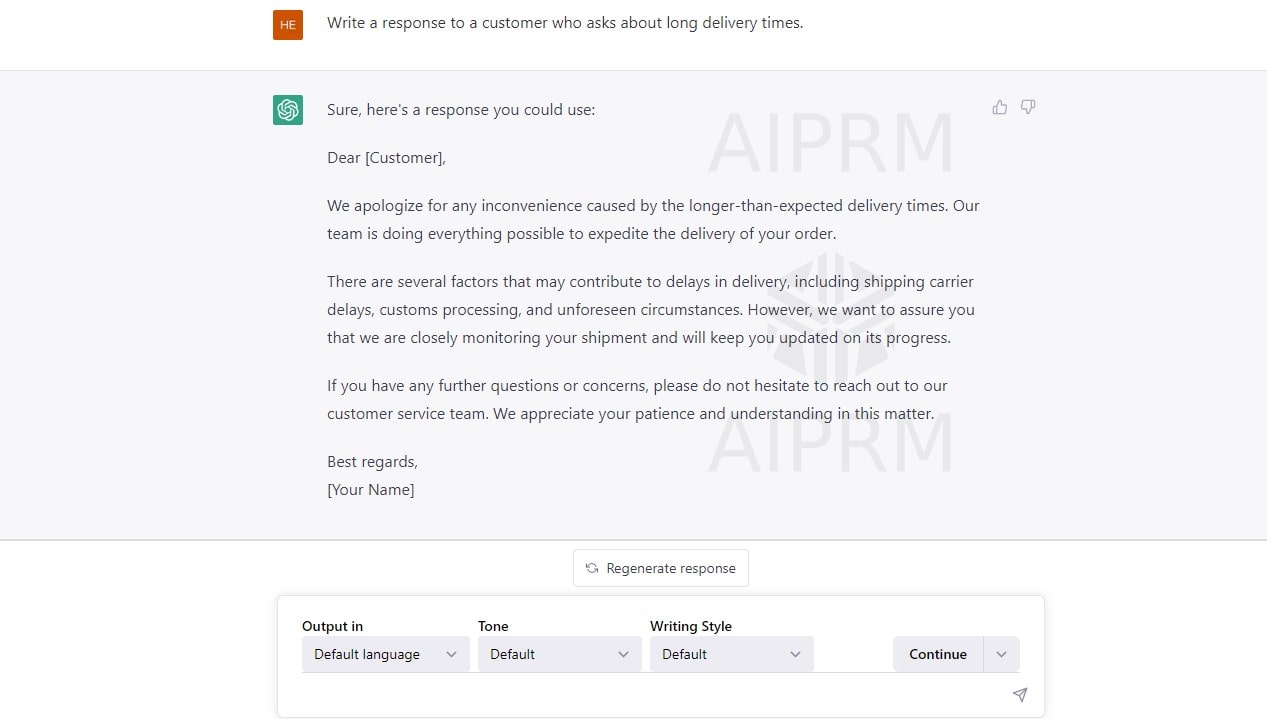
SEO and technology have created amazing digital marketing methods and trends. SEO, originally viewed as a mere component of online marketing, has melded seamlessly with the tech industry’s dynamism. Here’s how:
- Integration with AI: Advanced algorithms now predict user behaviors, ensuring content serves the user precisely when needed. For instance, the home automation niche relies on AI-driven SEO to guide homeowners to the most relevant smart solutions.
- Voice Search Optimization: As homes fill with smart speakers, technology companies have raced to SEO optimize content for voice queries. The wearable technology niche has especially benefited, making hands-free information access smoother than ever.
- Emphasis on User Experience: Google’s algorithm updates heavily favor user-centric designs. Tech companies, especially those in the SaaS sector, have revamped their platforms to prioritize user experience – ensuring not only better rankings but also improved customer satisfaction.
- Rich Media Content: The proliferation of video content, especially in niches like drone technology and virtual reality, gives companies an edge in SERPs. These multimedia elements make content more engaging and are often favored by search algorithms.
The confluence of SEO and technology has not only reshaped marketing strategies but has also transformed the way tech companies interact with their audience. The emphasis now lies in delivering high-quality, relevant SEO content optimized for both traditional search and emerging technology trends. By marrying the intricacies of technology with the nuances of SEO, companies have managed to create more impactful marketing campaigns catered specifically to their target audience’s needs. This synergy ensures that as the tech industry advances, its footprint in the digital space remains strong, influential, and ever-expanding.
Importance of SEO for Technology Companies in 2023
As 2023 unfolds, technology companies find themselves in a digital ecosystem where standing out demands more than cutting-edge products. It’s here that SEO, intricately woven with content and marketing, plays a pivotal role in driving success. Dive into the transformative impact of SEO on technology businesses:
- Tailored User Journeys: Gone are the days of one-size-fits-all. Now, tech companies leverage SEO to craft customized user paths. For instance, AR/VR firms use intent-based SEO to guide enthusiasts directly to immersive experiences.
- Voice-activated Discoveries: Technology companies, especially in wearable gadgets and home automation, tap into voice search optimization. This ensures users fetch information or control their devices seamlessly, amplifying both utility and brand affinity.
- Rich Content Experiences: Engaging video demonstrations, interactive infographics, and crisp blog posts have become the norm. Take cloud storage solutions: they break down complex processes into easily digestible content pieces, boosted by SEO for maximum visibility.
- Local and Global Reach: With the right SEO strategies, tech startups, irrespective of their origin, can penetrate markets far and wide. An AI startup in Boston, for instance, can attract clientele from Tokyo, simply by using geo-specific SEO practices.
- Bolstering Credibility: Authentic, well-optimized content pushes technology brands to the fore of search results, inherently boosting their credibility. Cybersecurity firms, by consistently addressing and demystifying latest threats through optimized content, fortify their position as industry torchbearers.
SEO, paired with strategic content and marketing, propels technology companies into the limelight, ensuring they don’t just blend into the background noise. By harnessing the myriad facets of SEO, these companies not only drive traffic but also establish themselves as thought leaders, guiding the industry narrative and direction. In the grand tapestry of 2023’s digital age, SEO threads weave companies into success stories.
Understanding the 2023 SEO Landscape
As 2023 rolls in, it brings a transformed SEO landscape sculpted by advancing technology and ever-evolving user behaviors. Here’s a snapshot of what this year’s SEO horizon brings to the table:
- Personalization at Its Peak: With data analytics pushing boundaries, tech companies now use SEO to offer tailored content experiences. For example, AI-driven platforms might suggest articles or tools based on past user interactions.
- Video Dominance: Video content, intertwined with SEO strategies, holds a pivotal spot in marketing campaigns. Augmented reality firms, for instance, amplify their user reach by embedding searchable cues within immersive video content.
- Emphasis on Accessibility: Inclusivity takes center stage. Many companies overhaul their digital platforms to align with SEO guidelines that enhance accessibility – ensuring everyone, regardless of ability, can navigate seamlessly.
- Diverse Content Formats: The shift from traditional blogs to a mix of podcasts, webinars, and interactive posts gains momentum. Robotics firms, to elucidate, often incorporate interactive 3D models backed by SEO to engage their audience better.
Navigating the 2023 SEO landscape demands a marriage of creativity and strategy. With the integration of cutting-edge technology, content now serves not just as information but also as an experience. Companies that pivot and adapt to these dynamic shifts stand out, carving a niche in the bustling digital marketplace, while others risk fading into obscurity. The road map is clear – evolve or get left behind.
Keyword Research and Strategy for Tech Companies

Delving into the digital maze of 2023, technology companies stand at a crossroads where top-tier products meet fierce competition. It’s here that robust keyword research becomes the linchpin in an effective SEO strategy. Unlocking this matrix:
- Niche-Specific Exploration: Tech companies now dive deep into micro-niches. For example, IoT businesses don’t just target “smart homes”; they drill down to “energy-efficient smart lighting solutions.”
- User Intent Recognition: Leveraging AI and machine learning, companies dissect user behavior patterns to fetch long-tail keywords. An autonomous vehicle company might tap into phrases like “safe self-driving cars for urban settings” rather than just “autonomous cars.”
- Competitor Spying: Astute tech firms deploy advanced SEO tools to sniff out what keywords competitors rank for, carving out their unique positioning. A drone manufacturer might find a sweet spot in “eco-friendly long flight drones.”
- Emerging Trends Capitalization: Staying attuned to industry shifts lets companies preemptively target keywords. A biotech firm might align content with emerging health tech trends long before they saturate the market.
Harnessing the power of comprehensive keyword research, tech companies set a clear path in the intricate digital ecosystem of 2023. Coupling this with riveting content and precision-targeted marketing, these brands rise above the noise, becoming thought leaders and industry influencers. It’s no longer about casting a wide net; it’s about precision fishing in the vast digital ocean.
On-Page SEO Essentials
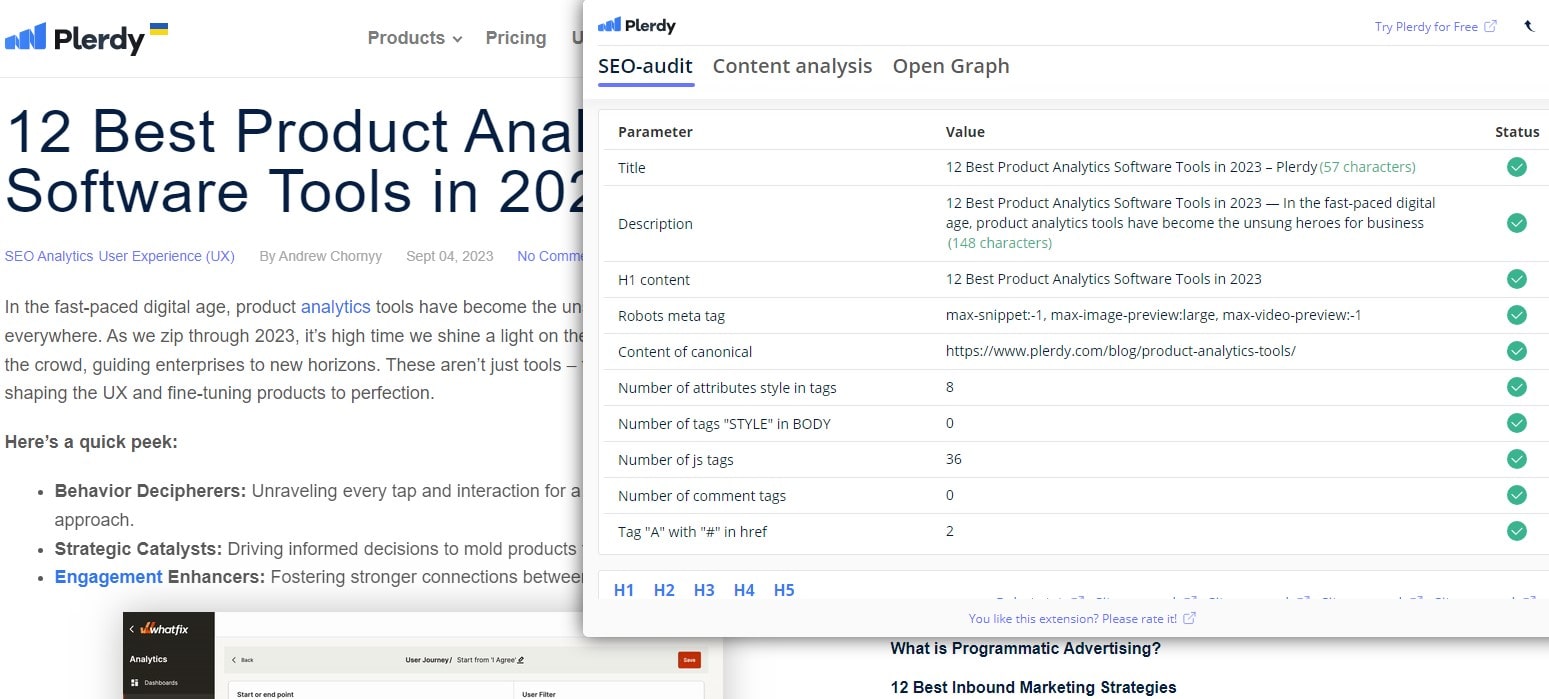
In the bustling digital marketplace of 2023, technology firms wrestle with a twofold challenge: creating innovative products and ensuring their digital platforms stand out. On-page SEO becomes the cornerstone of this endeavor. Navigating these essentials:
- Meta Mastery: A clear, engaging meta title and description serve as the digital handshake between a tech company and a potential client. For instance, a VR headset manufacturer might use “Immersive 4K VR Experience – Crystal Clear Adventures Await.”
- Content SEO Optimization: It’s more than just peppering keywords. Crafting content that resonates, like an AI company detailing its machine learning advancements without drowning readers in jargon, creates a bond while boosting search rankings.
- Alt Text Excellence: Images break up text, but without proper alt text, they’re invisible to search engines. A drone maker might tag an image with “lightweight carbon fiber drone in flight” to give it context.
- Internal Linking: Guiding visitors through a journey on your site boosts engagement. A cybersecurity firm can lead readers from an article on firewall advancements to their product page showcasing their latest defense software.
- Responsive Design: With device varieties expanding, ensuring a website performs impeccably across all devices is non-negotiable. A cloud service provider, for instance, ensures its platform offers seamless experiences from desktops to smartwatches.
Empowering their digital assets with these on-page SEO essentials, tech companies bridge the gap between innovation and visibility. It’s a meticulous art, marrying technology and marketing finesse, ensuring that when a user searches, they discover a world brimming with possibilities.
SEO Link Building Strategies for Technology Firms
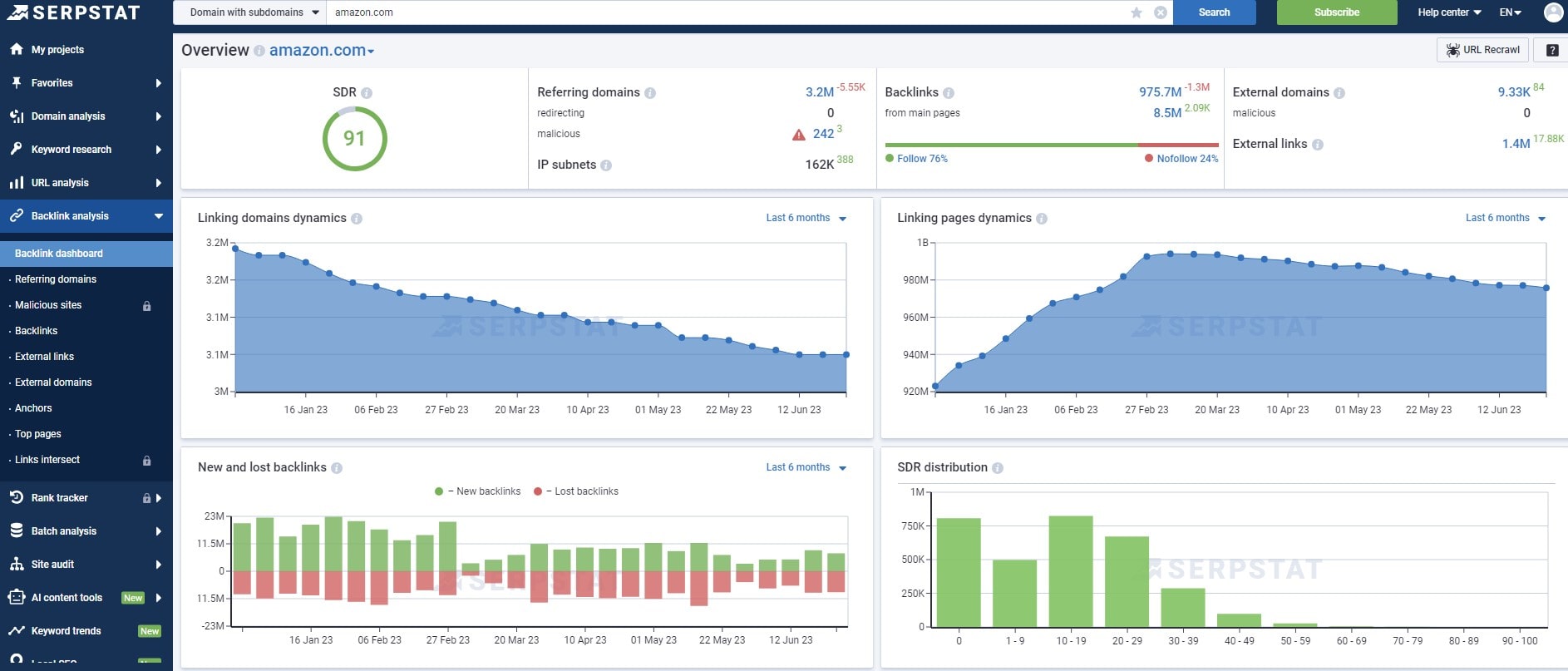
Steering through the digital landscape, tech firms recognize the unmatched potential of stellar link-building strategies. Crafting these connections, after all, amplifies online authority and trustworthiness. Here’s how savvy tech giants anchor their online prowess:
- Expert Roundups: Hosting webinars or podcasts featuring industry leaders gives credibility. Imagine an AI firm discussing deep learning trends with renowned researchers then sharing these sessions across platforms.
- Guest Posts: Offering insightful articles to reputable technology blogs or news sites not only showcases expertise but also sows seeds for backlinks. A nanotechnology company, for example, might shed light on breakthroughs in microchip design on leading tech publications.
- Infographics & Data Visualization: Transforming intricate technology data into digestible visuals catches attention. A data analytics company might illustrate big data trends, leading other sites to link to this compelling SEO content.
- Collaborations & Partnerships: Building alliances with complementary tech firms can spark mutual backlink opportunities. A cloud service provider might team up with a cybersecurity firm, cross-promoting services with intertwined backlinks.
By intertwining these link-building strategies into their marketing blueprint, technology firms stand tall in the intricate web of online competition. The result? A reinforced digital footprint, offering users a beacon of authority and expertise in an ever-evolving tech ecosystem.
Local SEO for Tech Startups and SMEs
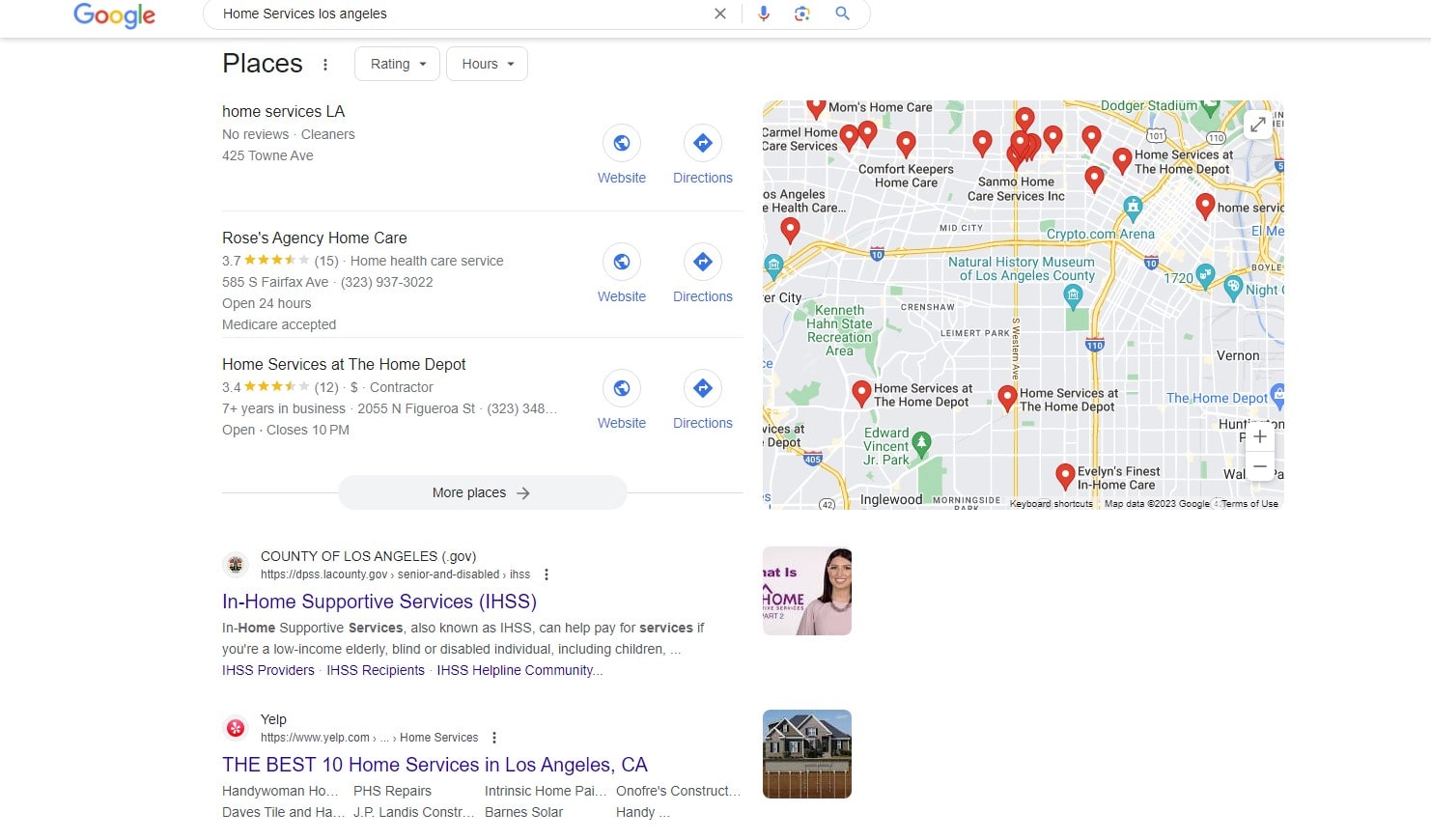
In a bustling digital era, tech startups and SMEs grapple with establishing a sturdy foothold in both global and community spaces. While digital sprawl tempts many to chase global acclaim, there’s gold in the hills of local SEO. Let’s dive into strategies these agile entities leverage:
- Google My Business Optimization: A beacon for local searchers, this tool helps even the most niche tech startup, say, a VR cafe, to pop up in “near me” searches, drawing locals in with ease.
- Local Reviews & Ratings: Encouraging satisfied clients to leave reviews acts as social proof. Consider a regional cloud solutions provider receiving rave reviews; it’s instant trust-building in the community.
- Localized Content Creation: Crafting blog posts or guides about local tech events or issues fosters community engagement. A Boston-based app developer might discuss the city’s tech innovation scene, resonating with local readers.
- Community Involvement: Sponsoring local technology events or workshops not only establishes goodwill but also provides backlink opportunities from local platforms. An IoT startup could host a local smart home workshop, generating buzz and links.
By harnessing these local SEO tactics, tech startups and SMEs carve out a niche in their backyard, setting themselves apart from the competition. It’s not just about being a global player; sometimes, mastering the home turf is where the real magic happens.
The Power of Content Marketing in Tech SEO
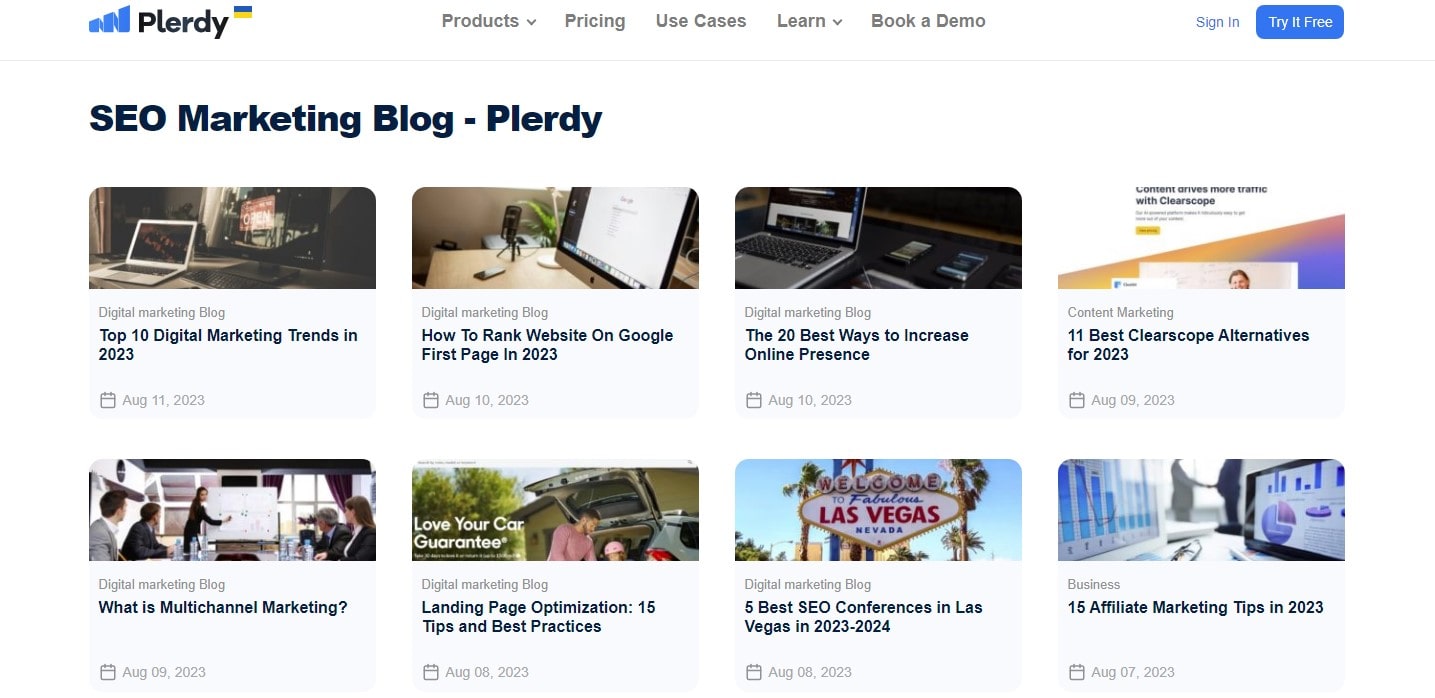
In the intricate dance of digital strategies, content marketing and SEO move harmoniously, especially within the tech sector. They feed off each other’s strengths, propelling technology companies to the forefront of search results and mindshare. When you boil it down, SEO thrives on content, and the technology world buzzes with stories waiting to get told.
Here’s how the synergy between content marketing and SEO amplifies the reach of tech firms:
- Rich Tech Storytelling: Content brings the innovations of a technology company to life. Think of an AI enterprise narrating its journey to create a groundbreaking algorithm – it captivates and educates simultaneously.
- Keyword Optimization in Tech Lingo: Weaving in industry-specific terms naturally boosts SEO. An AR startup, for instance, might pepper in phrases like “holographic displays” or “interactive 3D” to snag those niche searches.
- Engaging Visuals and Infographics: Complex technology concepts turn digestible through compelling graphics, keeping users hooked and reducing bounce rates. A cloud storage firm could illustrate data transfer speeds, making comparisons crystal clear.
- Backlinking through Authoritative Articles: By crafting in-depth pieces on current tech trends or breakthroughs, other outlets latch on, citing and linking back to the original content.
Tech firms that tap into this symbiotic relationship find themselves not just ranking high but also resonating with their target audience. Content marketing, intertwined with SEO, becomes a powerhouse, pushing the boundaries of visibility and engagement in the tech landscape.
Technical SEO Considerations for Technology Websites
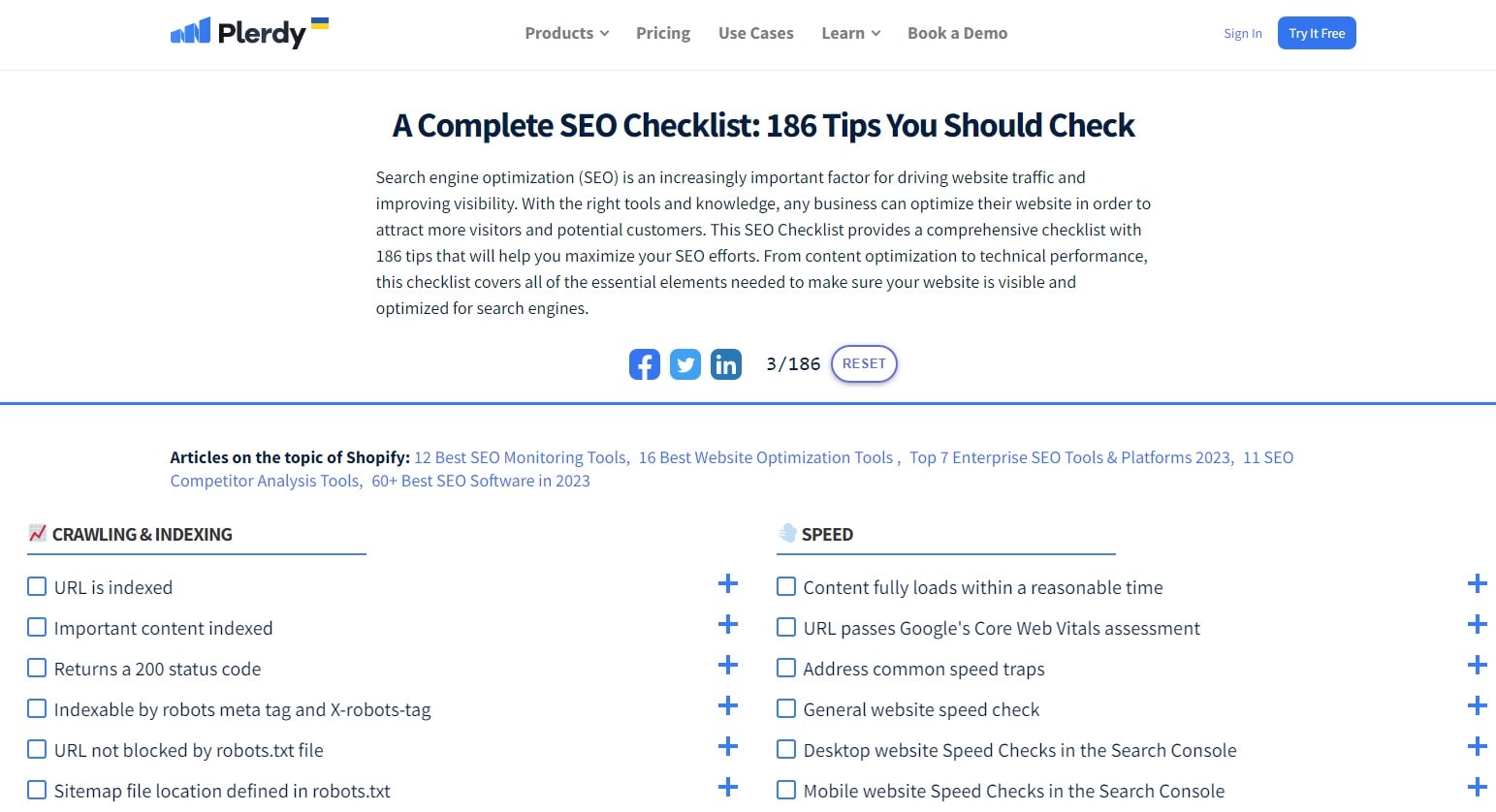
Tech websites, with their intricate layouts and data-heavy pages, present unique challenges in the SEO landscape. Navigating this space requires a blend of savvy marketing tactics and deep tech understanding. Tackle these challenges head-on and watch your tech site shoot up the search ranks.
Essential factors to zero in on:
- Swift Load Times: Tech audiences, familiar with lightning-fast processes, won’t hang around for slow-loading sites. Optimize images, streamline codes, and leverage browser caching to speed things up.
- Mobile Optimization: Consider a technology enthusiast wanting to check out the latest in quantum computing on their smartphone. A responsive design ensures they don’t bounce off due to clumsy navigation.
- Structured Data: Structured data helps search engines understand content context. For instance, an IoT company might detail specifications for their latest smart home device, guiding search engines to rank the page appropriately.
- Clear XML Sitemaps: Given the depth of SEO content on tech sites, from product pages to in-depth articles, an XML sitemap lays out the roadmap for search engines, ensuring every nook and cranny gets indexed.
- Robust Security: HTTPS isn’t just a nice-to-have; it’s a must. Especially when dealing with tech-savvy audiences who prioritize online security.
Blending these technical SEO elements with engaging content and strategic marketing positions tech websites advantageously. It’s about making intricate technology interfaces accessible and user-friendly while ticking off all the SEO checkboxes.
Voice Search and the Future of Tech SEO

Voice search is transforming the SEO landscape, ushering in an era where conversational tones and natural language dominate. Tech companies, always at the forefront of innovation, find themselves in a prime position to adapt and lead. By integrating voice search readiness into their marketing efforts, they stand to harness the vast potential of this technology-driven trend.
Strategies to embrace:
- Long-tail Keywords: People’s speech and writing styles differ. Instead of just using the phrase “best fitness wearables,” SEO professionals should target phrases that people would actually use to speak.
- Conversational SEO Content: Ditch the jargon. Aim for a conversational style, reflecting how real people converse about technology. For instance, a cloud storage company might use “Where can I save my holiday photos safely?” as a natural-sounding query.
- Local Search Emphasis: Voice searches often carry local intent. So, if you’re a tech retailer, ensure you’re showing up when someone nearby asks for “top technology shops near me.”
- Structured Data Mastery: Make sure search engines pick up the essence of your pages. For a cybersecurity firm, this could mean highlighting customer testimonials or awards, emphasizing trust and expertise.
Voice search isn’t just a fleeting trend; it’s setting the stage for how future generations will interact with technology. For technology companies to thrive in this evolving SEO climate, staying nimble and adapting to voice-driven demands is essential. Never before has the nexus of marketing, technology, and content been so exciting or promising.
Measuring and Analyzing SEO Performance
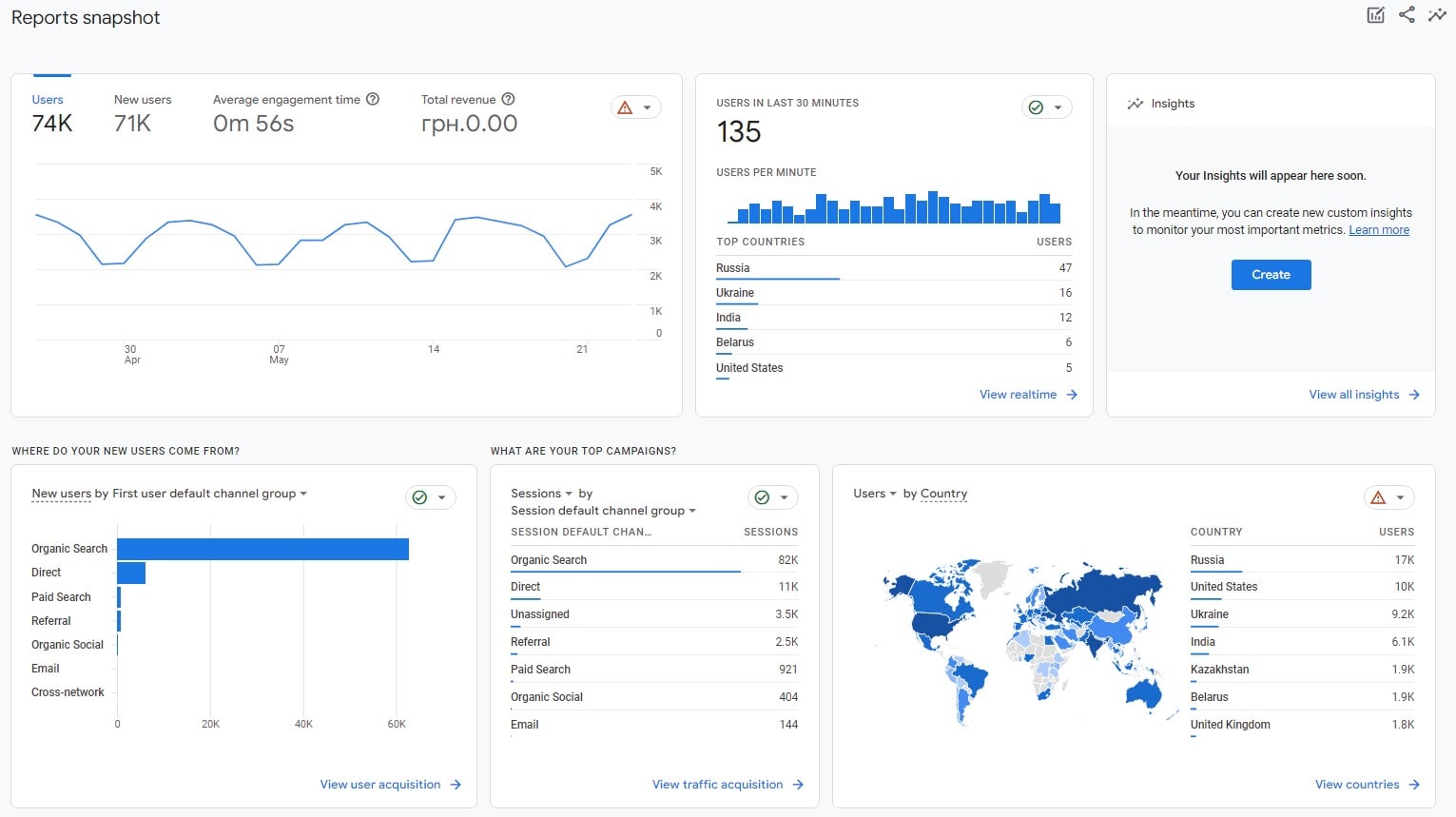
In the fast-paced world of tech, gauging the success of SEO strategies remains critical. Navigating the intersection of content, technology, and marketing, companies need precise tools and methods to ensure they stay on track. With data-driven insights, businesses can refine their strategies, boost visibility, and edge out competitors.
Here’s how technology firms dive into SEO metrics:
- Organic Traffic Insights: Track the number of visitors landing on your site without ads. For a software-as-a-service (SaaS) company, spotting spikes in organic traffic post-product launch offers tangible proof of effective SEO content strategies.
- Bounce Rate Breakdown: If users click away too quickly, your site might not meet their needs. An e-commerce platform, for instance, would want to keep users engaged with persuasive product descriptions and user-friendly design.
- Conversion Rate Mastery: Monitor how many visitors perform a desired action, whether it’s signing up for a newsletter or downloading a whitepaper. A tech gadget review site might gauge its influence by measuring conversions to affiliate product links.
- Keyword Rankings: Pinpoint the position of your targeted terms in search results. A cloud computing company, for example, might aim to rank high for “top secure cloud solutions.”
Harnessing the power of analytics ensures technology firms don’t fly blind. With these insights, they can refine their tactics, ensuring their content resonates, their technology solutions remain relevant, and their marketing efforts yield tangible dividends.
Conclusion
Navigating the digital landscape in 2023, technology companies must integrate a robust SEO strategy to harness the power of content and marketing. This guide has walked you through the intricate steps and strategies tailored for the tech world, showcasing the unique interplay between SEO and the technology sector. As we’ve detailed:
- WebFX’s Techniques: A shining example, highlighting the fusion of content and SEO to drive leads and amplify revenue.
- Content Structuring: Crafting and developing your company’s narrative with laser precision to boost organic traffic.
- Plerdy’s Edge: An indispensable tool for thorough SEO & UX audits, ensuring that your online segments work in harmony to support your company’s objectives.
In the vast sea of digital marketing, it’s not merely about establishing a presence—it’s about making a lasting imprint. The tech arena, bustling and ever-evolving, demands that every content piece and marketing strategy be fine-tuned and adaptive. With this guide, you’ve gained the wisdom and insights to elevate your company’s digital footprint. As the last step, lean into Plerdy for that comprehensive SEO & UX analysis—after all, perfection lies in the details. To thriving in the tech space! ⚡?
